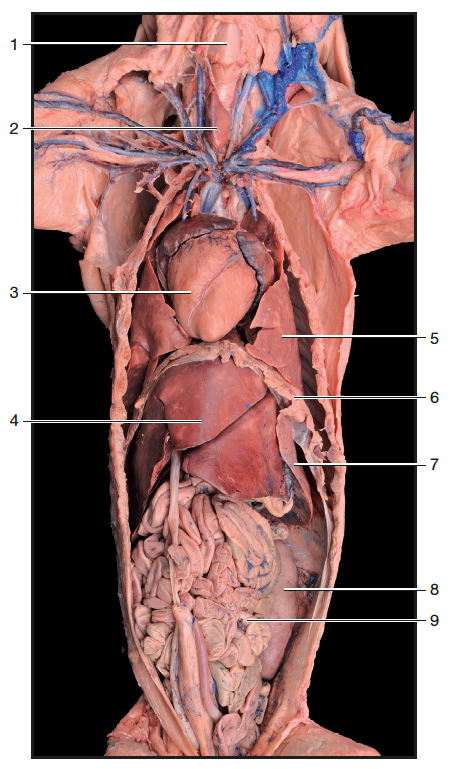Lab Final study guide
ch.6 Fungi
Anatomical structure of fungi:
Hyphae - numerous small filaments
- fruiting body

Fungi clades:
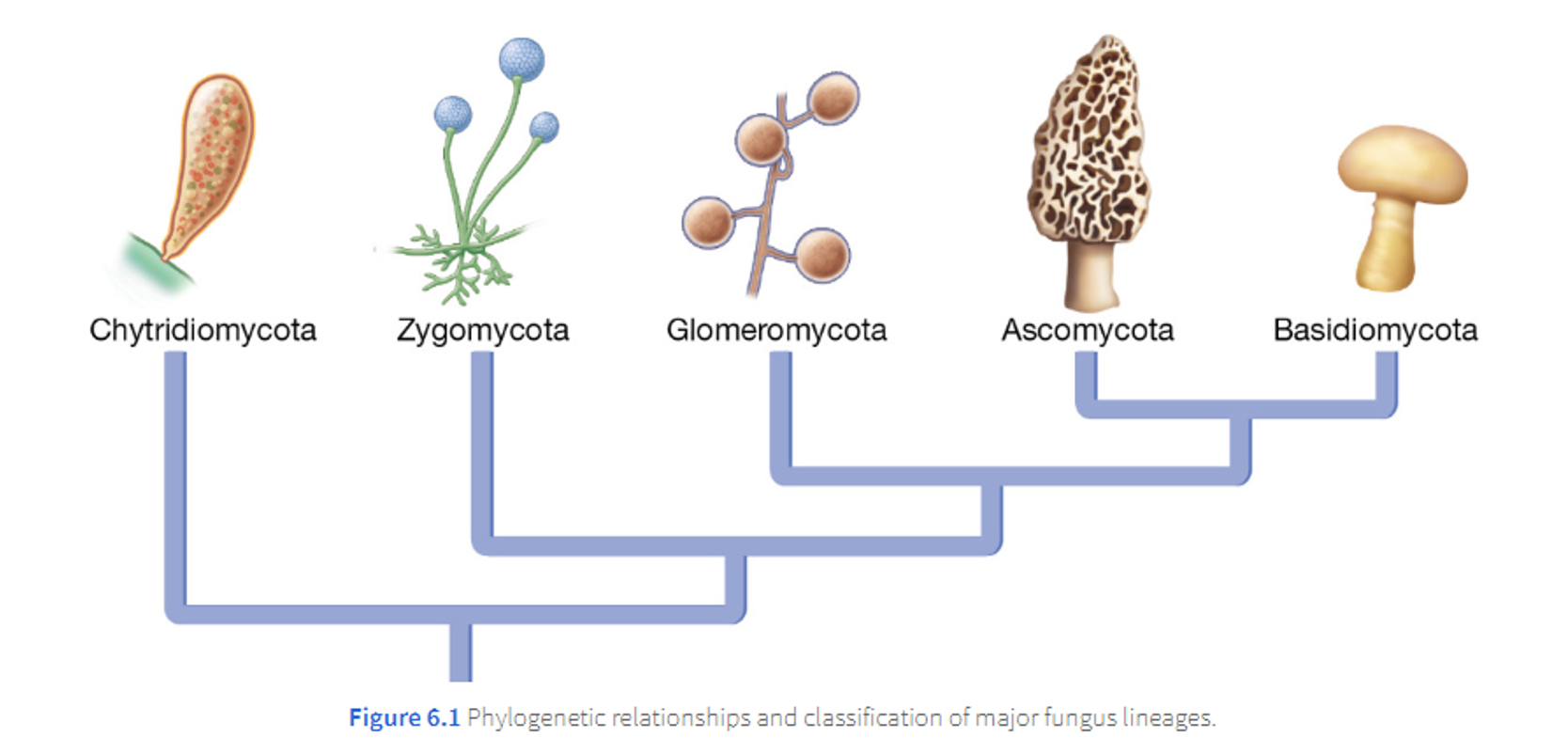
Chytridiomycota:
Ancient fungi
Unicellular
Aquatic decomposers
Parasites living on water molds, insects, or snakes
Zygomycota:
Bread molds
Ex: Pilobolus spp., the “hat-throwing” fungus
Glomeromycota:
Mutualists that form a symbiotic relationships with the roots of plants
Mycorrhizae
Ascomycota:
Largest phylum of fungus
Examples: Truffles, Morels, Yeast,
Penicillium First “wonder drug,”
Used for soldiers in World War II to fight off throat infections, meningitis, syphilis and other bacterial infections. Very important fungus in medicine
Basiodiomycota:
Mushrooms
Shelf fungi
Puffballs
Microsporidia:
Once classified as protists
Obligatory intracellular parasites
Dangerous to humans with compromised immune systems
Cordyceps
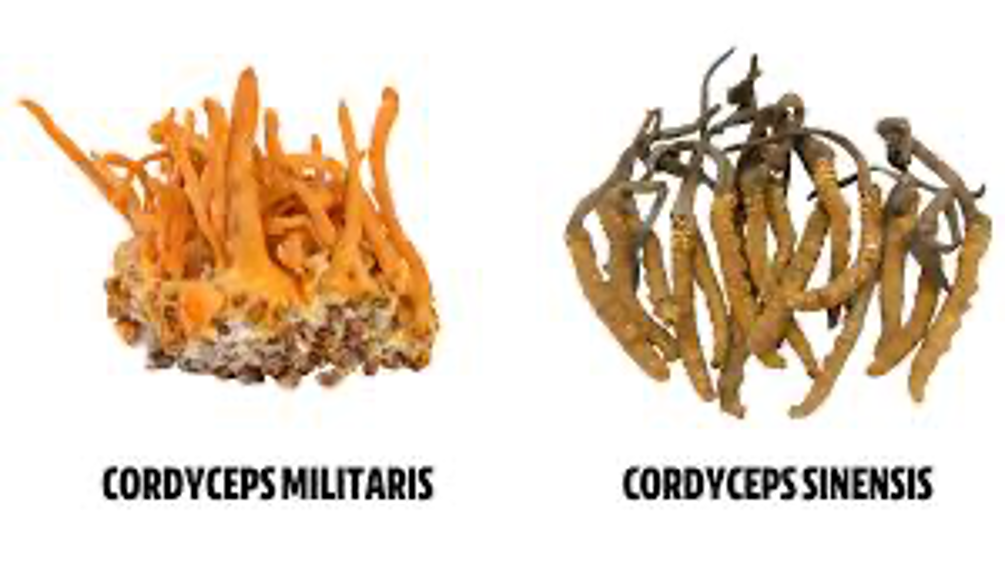
In terms of anatomy, need to know cap, gills, stipe, stalk, and mycelial threads

ch.7 Intro to Animal Body Plans
Monoblastic → no symmetry
Diploblastic → radial symmetry
Triplobalstic → bilateral symmetry
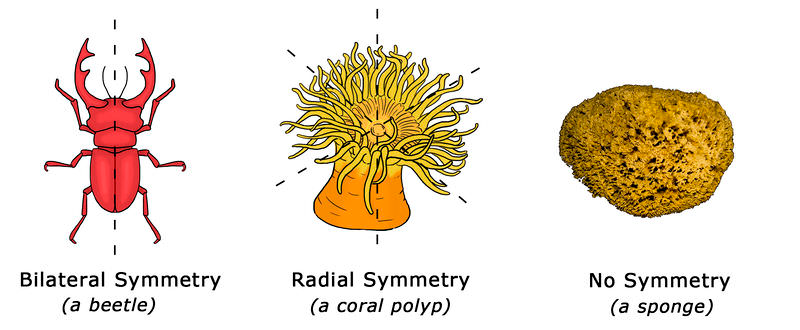
The blastopore:
Protostomes; blastopore develops into the mouth first
Deuterostomes; blastopore develops into the anus first

Early clades of animals
Poriferans: "Pore-bearer" Sponges
Evolved from choanoflagellates
No tissues or organs
Mostly marine sessile creatures
Reproduce asexually by budding
Reproduce sexually by being monoecious → containing both male and female reproductive organs
Respiration and excretion occur
through diffusion
Cnidarians: “stinging jellies”
Stinging cell: cnidoblast
Stinging organelle: nematocyst
Budding
Dioecious → two organisms contain separate male and female gametes.
Radial symmetry (Diploblastic) + incomplete GI tract
Dimorphism (two morphological forms): medusa
(jellyfish) vs polyp (coral)Life cycle Refer to pg. 83 of lab manual:
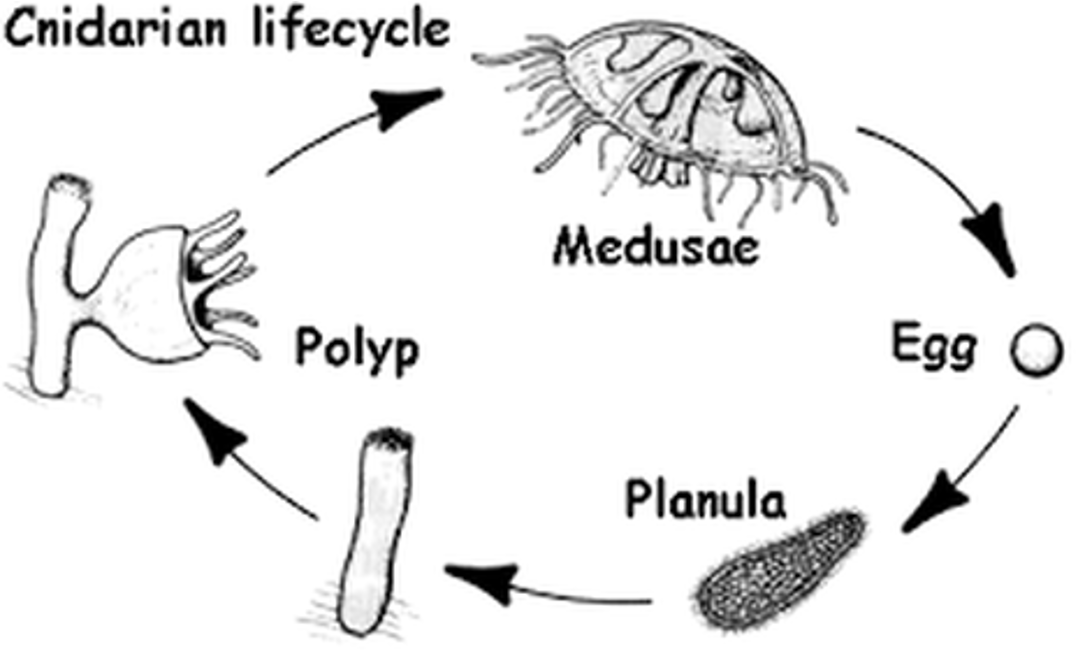
Platyhelminthes (flatworms)
Free-living or parasitic flatworms
Bilateral symmetry, triploblastic, acoelomate
Anterior and posterior ends
Only one opening (mouth)
No respiratory or circulatory systems → perform gas exchange through diffusion
Cephalization → formation of the head
Classes:
Turbellaria
Cestoda
Trematoda or Planaria
Annelida
Bilateral symmetry, coelomates
Exhibit metamerism: segmented (tapeworms are not
segmented!!)Monoecious or dioecious
Clitellum holds the eggs
Chapter 8: Invertebrate Animals part 2
Subphylums of Invertebra:
Mollusca:
85000+ species
Key morphological features:
Visceral mass → containing most internal organs
Muscular Foot
Mantle → Thin layer of tissue that covers visceral mass and secretes calcium carbonate shell
Mantle cavity
Radula → rasping radula in all classes except bivalia
Possess an open circulatory system (hemocoel) in all classes except Cephalopoda (has a closed system)
Coelom restricted to the heart, reproductive and excretion organs.
Subphylum of Mollusca:
Polyplacophora: Chitons
Cephalopoda: Octopus, cuttlefish, squid, nautilus
Bivalvia: • Bivalves
Gastropoda: Snails and slugs
Arthropoda:
1000000+ species, most diverse animal phylum
Key morphological features:
Articulated exoskeleton formed from a hardened cuticle
Jointed paired appendages
Individual cross-striated muscles
Head of 5 segments, segments fused to form tagmata
Crustacea:
Only biramous arthropods other than trilobites
Two pairs of antennae sense taste and touch
Third appendages are mandibles for chewing
Two pairs of maxillae (4th and 5th appendages) posterior to mandibles, manipulate and hold food
Four or five pairs of walking legs
Insects:
Hex-a-Pod = 6 Legs!
Uniramous legs
Three tagmata:
Head
Thorax
Abdomen
Spiracles and trachea for gas exchange
Malphigian tubules for excretion
Increased sensory abilities
Complete metamorphosis (separation of immature and adult ecological niches)
Wings
Horseshoe crab:
Subphylum Chelicerata.
Predate the dinosaurs
Related to spiders/ticks
Perform ecdysis which is molting of the outer layer of skin
Blue blood
Use hemocyanin to carry oxygen.
Contain high amount of ameobocytes used in the detection of bacterial endotoxins in medical applications
Chapter 9: Deuterostomes
Blastopore turns into anus.
3 phyla: Echinodermata, Hemichordata, and Chordata
Echinodermata
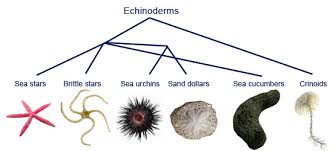
Spiny-skinned animals
Adults often exhibit pentaradial symmetry
Larvae usually bilaterally symmetrical
Usually dioecious (male and female reproductive organs in separate individuals)
Endoskeleton comprised of ossicles and spines
No excretory system, no brain, just nerve ring around mouth
Spines have pedicellariae (jaw-like pincers) to discourage settling
Water vascular system promotes locomotion, feeding, sensory reception and gas exchange
Tube feet
Adults lack a head, a brain, and segmentation
Complete digestive system
Reduced circulation system
Some species have gills, some have cloacal trees
Limb regeneration abilities
Autonomy – purposefully detaching a limb
Within the Echinoderms: Class Asteroidea
Sea stars
Regeneration
Radial symmetry
Can have six or more arms
Tube feet ventrally
Feed mostly on bivalves
grasp with tube feet, pull shell open, evert stomach through mouth into bivalve shell, secrets enzymes that digest prey, suck up contents
Within the Echinoderms: Class Echinoidea
Sea urchins
Spines associated with poison glands
Sand dollars
Sea biscuits
Lack arms but pentamerous arrangement visible
Jaw-like structures for feeding
Sea urchins have spines for protection
5 rows of tube feet
Within the Echinoderms: Class Holothuroidea
Sea cucumbers
Name from body shape
5 rows of tube feet
Evisceration - expelling their entire digestive system and other organs
Tube feet around mouth modified into feeding tentacles
Breathe through their anus
Within the Echinoderms: Class Ophiuroidea
Central disc and five arms
Tube feet not locomotive: lack suckers
Move by ‘serpentine lashing’ of long arms
Chordata
Notochord: longitudinal, flexible rod between digestive tube and dorsal nerve cord provides skeletal support
Dorsal, hollow nerve cord: develops from plate of ectoderm that rolls into a tube located dorsal to the notochord
Pharyngeal slits (gills): pharynx opens to outside through slits that allow water that enters mouth to pass outside without entering digestive tract
Muscular, post anal tail: for propulsion
Endostyle: precursor to thyroid gland
Agnathostomes
Hagfish (class Myxini):
Cranium, but no vertebrae
~30 species
All marine scavengers
Rows of slime glands (protection against predators)
Cartilaginous skeleton → chondryichthyes
Lampreys (Class Cephalaspidomorphi)
Many are parasites on other fishes
Live as FW suspension feeding larvae, then migrate to seas/lakes
Larvae resemble lancelets
Die a few days after reproduction
Cartilaginous skeleton with simple, unelaborated vertebrae
Chondrichthyes
Sharks, rays, skates, sawfishes, and chimaeras
Cartilaginous skeleton fish
Placoid scales AKA dermal denticles
More similar to teeth than scales
Structurally homogenous to vertebrate teeth
Paired pectoral and pelvic fins and two dorsal median fins
Pelvic fins → claspers
Gill slits
No swim bladder
Lateral line system: a row of microscopic organs that sense changes in water pressure
Osteichthyes
Bony fishes (bony skeleton)
The largest most diverse chordate group
Subclass
Sarcopterygii, lobe-finned fishes
Fossil species and living fossil coelacanth
Actinopterygii, ray-finned fishes
Have swim bladder

Ch. 10 Tetrapods
Tetrapods = four feet
All have the same basic internal structure
Snakes are tetrapods
Vertebrata
→ Actinopterygii; (ray-finned bony fishes)
→ Sarcopterygii; (lobe finned fleshy fishes), what tetrapods evolved form
Order Dipnoi: Lung fishes
→ Amphibia; (two lives), are ectotherms
→ Reptilia; the amniotic egg
→ Aves; amniotic egg, endotherm, feathers, honeycombed bones, evolved from dinosaurs.
→ Mammalia; endothermic, heterodont, vestigial structures, amniotic egg

Diagrams to know:
